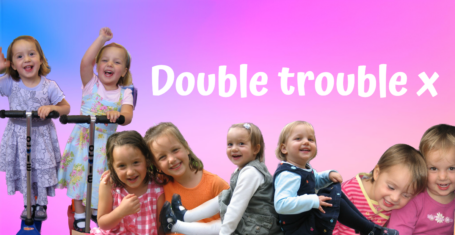
Warm Bodies
It ain’t no Shakespeare, but at least it’s better than Twilight, writes SHELBY WHYATT.
You know that film? The one with the vampires and the impossibly beautiful cast. It’s got that girl in it, spectacular in her incapacity to register even the faintest flicker of human emotion. Twilight, yeah? Well imagine that, but with zombies. That’s Warm Bodies in a nutshell.
Jonathan Levine’s adaptation of Isaac Marion’s novel tells the story of ‘R’ (Nicholas Hoult) and Julie (Teresa Palmer). Geddit? Like Romeo and Juliet… Yeah. As opposed to pretty much every rom-com ever made, however, Warm Bodies confronts the criminally unexplored concept of love in the face of adversity. I mean, one of them is even dead. Like, properly dead. And I think we can all agree that social taboos don’t come much bigger than necrophilia.
Set in a post-apocalyptic future, zombies reign supreme. That is, until they give up all hope, tear off their skin, and become ‘Bonies’ (essentially a seven-foot, flesh-eating skeleton). This situation is helpfully explained to the audience by the internal monologue of ‘R’. Now, I had a bit of a problem with this monologue. Don’t get me wrong, it was incredibly informative. I can’t deny its success in ensuring my understanding of what is, essentially, an incredibly complex scenario. It’s just that it was a bit… well… dull. This might have had something to do with the fact that ‘R’ is meant to be dead. That would make sense; you don’t expect a zombie to be filled with the joys of life. But, here, it sounded monotonous. This meant that the jokes fell flat, with some of the best lines failing to get anything more than a half-hearted titter from the audience.
It’s clear that, even if the zombie aspect might give Warm Bodies a nice quirk, it does cause a few problems. While I’ve seen worse, it makes the development of plot, beyond that of your basic, run-of-the-mill rom-com, impossible. You see, it’s quite difficult to get a gripping dialogue going when one of your principal leads is incapable of stringing together more than two words at a time. The situation isn’t helped by the fact that his leading lady has about as much charisma as your average corpse. Seriously, there are cadavers in Midsummer Murders more engaging than Palmer. That said, hats off to her for achieving the seemingly impossible task of expressing even less emotion than K-Stew herself.
The film is essentially based on the idea that ‘R’ and Julie’s love is strong enough to bring the dead back to life, thus ending the zombie pandemic. N’aww, sweet really. However, we’ve already established that Palmer isn’t much to get het up about. To think that she could single-handedly solve a mystery that has baffled horror-film directors for decades seems slightly suspicious. You’re also never explicitly told that ‘R’ is cured, so what follows is presumably a highly unorthodox relationship.
Although not twee enough to make me vomit, Warm Bodies failed to achieve anything strikingly different to what’s been done a million times before. Aside from some nice cinematography and a decent soundtrack (as well as a bafflingly underused John Malkovich), the film doesn’t really have much going for it. Its main attraction – the zombie/rom-com mash-up – isn’t all that inspired. But, whilst it doesn’t necessarily make you wish that Hollywood was more sympathetic to the plight of the undead, Warm Bodies isn’t a bad film. It’s just distinctly average. I wanted to hate it; I really, really did. But, for some reason, I couldn’t quite bring myself to. After all, even with its disturbingly blasé attitude to necrophilia, it’s still a better love story than Twilight.









































